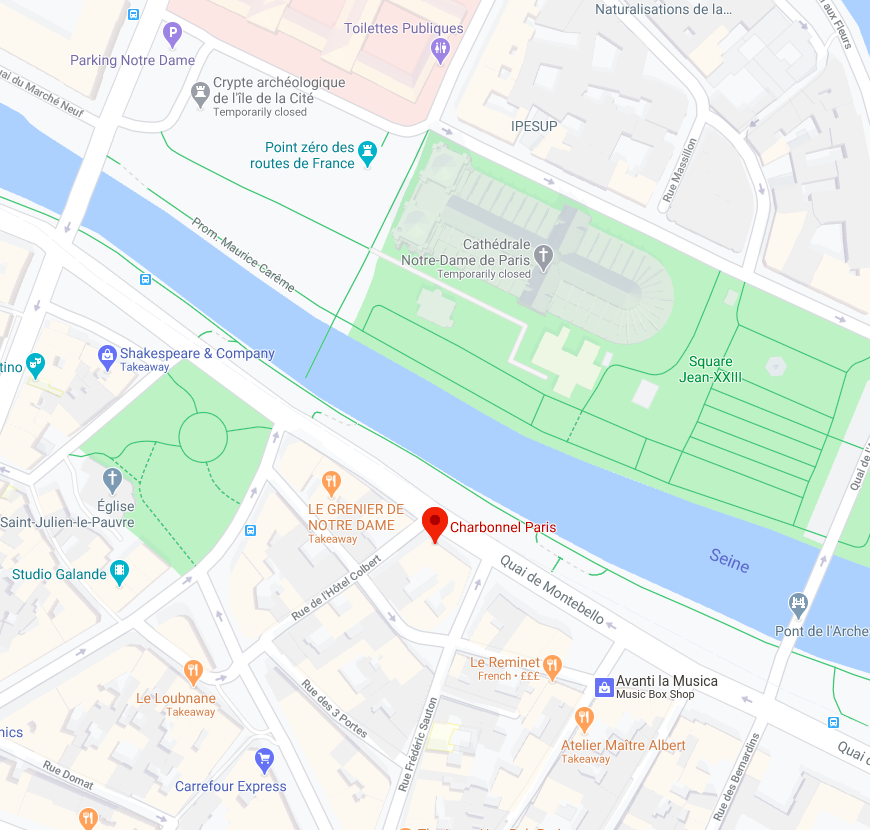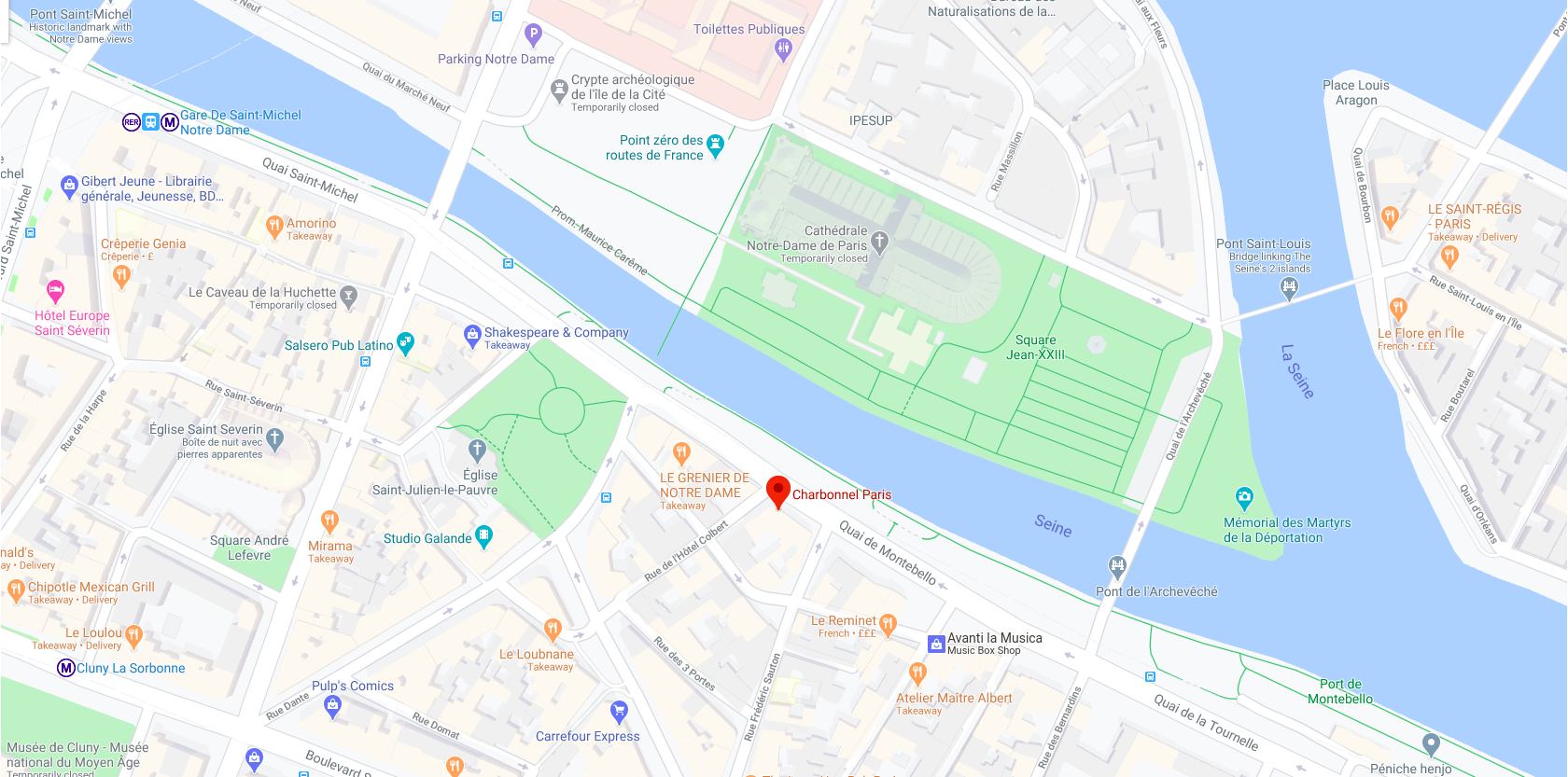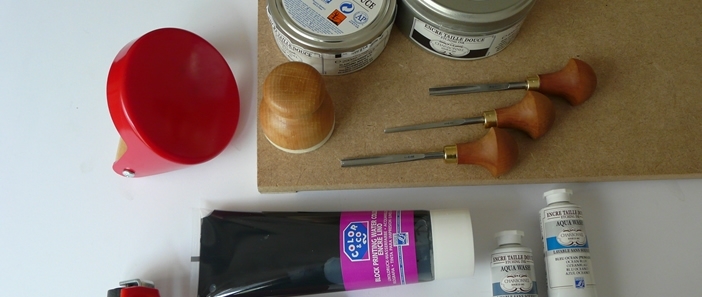
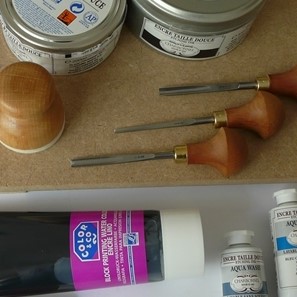
WOOD ENGRAVING
Wood engraving is a traditional relief form of printmaking that continues to be used by artists as an original medium.
Discover the rangeWhat is wood engraving?
Wood engraving is a traditional relief form of printmaking, where the image’s background is cut from the wood. Wood engraving is distinct from woodcut because of the type of block of wood used. Woodcuts are made on the long-grained surface of the wood, parallel to the wood’s grain, while wood engravings are carved at the end of the grain. Despite the technique’s name, wood engraving is not a form of engraving, but relief print.
The first wood engravings date back to the end of the fourteenth century and represent the early stages of print reproduction. Here text and images were printed from the same wooden plate. These plates were called incunables, which comes from the Latin 'incunabulum', meaning cradle.
Wood engraving became a more refined art form when it was adopted by the old masters, first in Italy, then in Northern Europe. By the nineteenth century, the technique had become so popular it was used to reproduce pictures in books and newspapers.
Engraving in wood continues to be used by artists as an original printmaking medium.
Wood engraving: the process
Wood plates, engraving tools, water-based inks and printing papers: discover the process and the tools needed for wood engraving.
Wood engraving is a relief printing technique. It is also known as saving carving because the engraver spares their drawing by carving out the wood around it, rather than its features. This is because only the protruding parts are inked and transferred onto the paper.
Manual or hand press printing can be used to reproduce the image. The manual process involves pressing a piece of paper onto the inked surface and rubbing it with a wooden spoon, baren or pad. Rubbing the paper ensures that the full imprint is transferred from relief. The paper is then peeled away to reveal the print.
The hand press is a simple machine that sandwiches the plate and paper together. The tool exerts pressure, transferring the image from the relief onto the paper. Once pressure has been applied, the paper is removed to reveal the image.
Woods
Many types of wood are suitable for this technique. Natural wood usually falls in two classes, hard and soft. However, for wood engraving hardness depends on more subtle factors like grain, ease to work with and the level of detail it can give.
The most common and popular wood engraving plate is the end grain of a block of boxwood, which is very hard and gives extremely fine detail.
Wood Engraving tools
Gouges
Gouges are hand-held chisels with concave blades that are used to scoop out and carve away the background of your image on wood. They are designed to allow you to create defined shapes and precise angles required by the image.
We offer a range of high-quality gouges with round, U-shaped or V-shaped cutting blades and a fine grade gouge sharpening stone.
Hand Press
In addition to manual printing techniques, wood engraving can be reproduced with the help of a hand press. These range in sizes but are essentially two hard surfaces that hold the inked engraved plate and paper and press them together.
We offer an A4 hand press made of wood and metal, which can be used for all relief printing techniques. The design holds different thicknesses of printing plates and features a metal lever arm that generates varying amounts of pressure.
Knives
Wood engravers also use metal knives in a range of shapes and dimensions to create relief and cut away the excess wood. For the most accurate results, these knives need to be kept sharp.
Charbonnel offers a wide range of top quality knives and a choice of sharpening stones.
Inking Rollers
Ink is applied to the wooden plate with a hand-held brayer or roller. The roller head is made from a range of hard materials that ensure optimum contact with the carved relief.
Our inking rollers come in a range of sizes and styles, made with plastic and wooden handles.
Pads & Barens
To achieve the perfect manual prints, when pressing your paper against your inked wood engraving, it’s vital that you don’t dent or mark your paper. Pads & Barens are smooth, disc shaped objects, often with grips. They are used to apply pressure evenly while transferring your print.
We have a range of high quality barens and pads designed for this purpose.
Inks
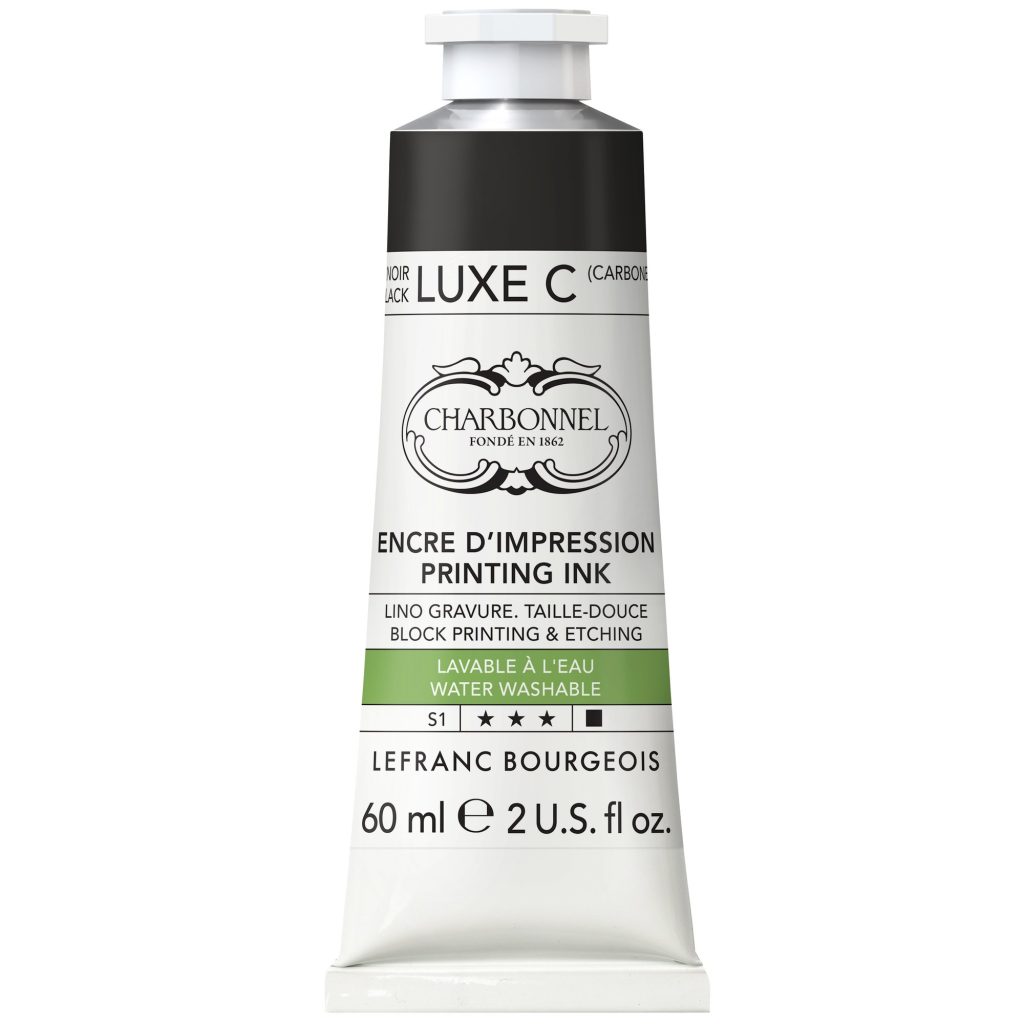
SELECTION OF INKS
The most appropriate ink for relief printing is a highly pigmented ink with medium to strong adhesion. Charbonnel manufactures a range of finely ground inks including our water washable ink, our emulsified, water soluble and non-harmful ink which allows cleaning with soapy water. We also offer the Lefranc Bourgeois range of water-based linocut inks.
WATER WASHABLE PRINTING INKS
Our range of water washable printing inks consists of 23 colors including 6 blacks. Formulated to a professional standard, it has the same high pigment concentration as conventional inks, but is made with a non-harmful emulsified oil. It is therefore water soluble and can be cleaned with water rather than solvent. Use it the same way as traditional ink - for metal, wood, lino, aquatint and monotype techniques. Colors are available in 60 ml tubes, while blacks are also available in 200 ml jars.
We also manufacture complementary products specially formulated to accompany Charbonnel inks. The solvent-free clear medium can be mixed with the water-washable printing inks to increase transparency, thin and lighten, while the water-washable printing ink oil is equivalent to the clear, greasy and strong oils in our oil-based line.
LEFRANC BOURGEOIS WATER BASED INKS
Our range of water based inks is available in a choice of 12 colors, including black and white. Lefranc Bourgeois water based linocut inks are formulated to the highest professional standard and are custom made for woodcutting and lino engraving. Each ink will give a precise and high pigment result.
Printing papers
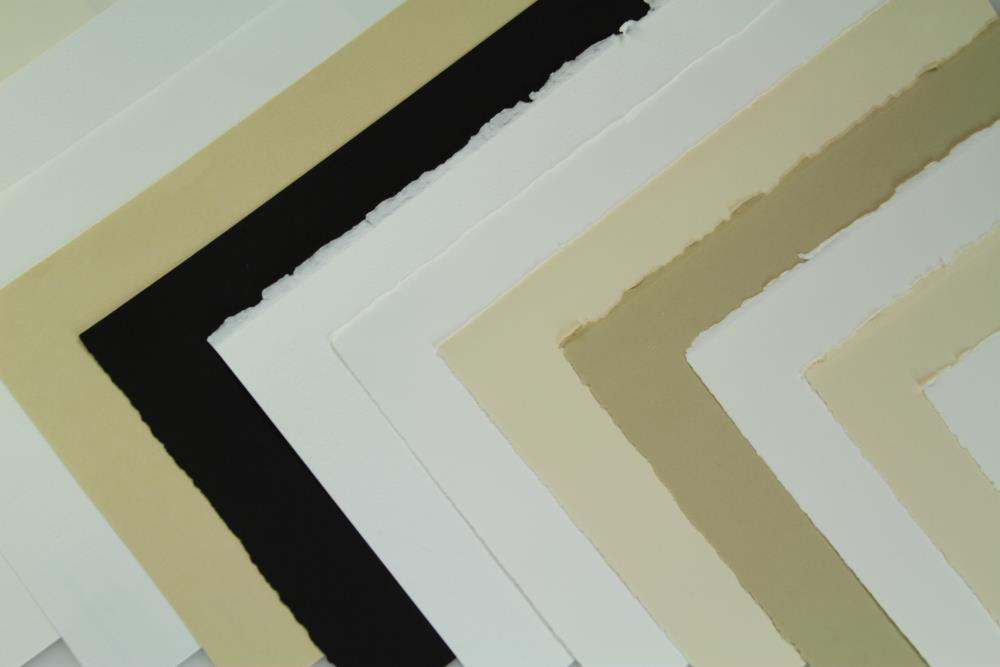
Find the right paper for wood engraving
Wood engraving requires dry paper that is fine and smooth. The type of paper you use should be determined by how you are transferring your print, whether it is manually or with a hand press.

